Amvrakikos Gulf, Katafourko lagoon and Korakonisia (GR2110004, GR2110001)
The Amvrakikos wetland is located in Western Greece (Ionian Sea) and is one of the most ecologically important lagoon systems in the Mediterranean, covering about 25.000 hectares, including more than 20 coastal lagoons. The lagoonal complex of the northern Amvrakikos Gulf is formed in the common delta of the rivers Arachthos and Louros. One of the most representative lagoons is Logarou communicating with northern Amvrakikos Gulf.
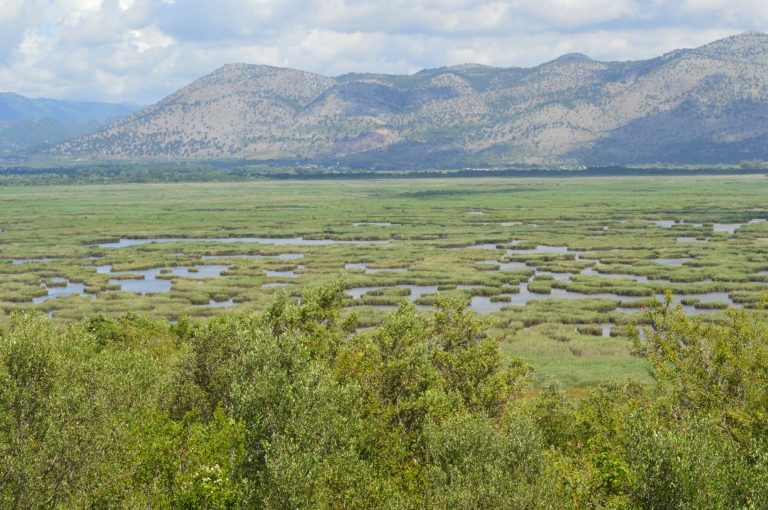
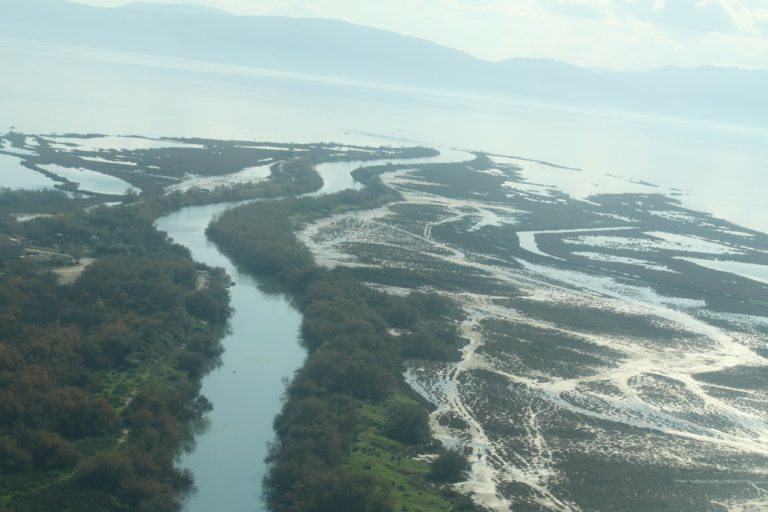
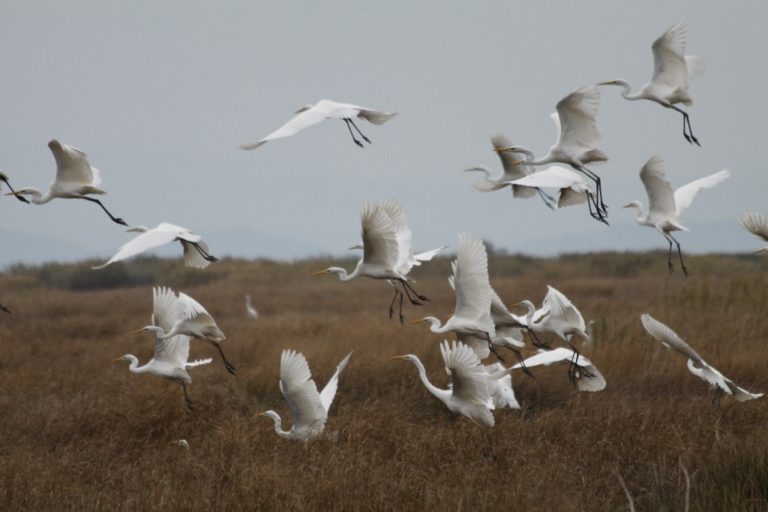
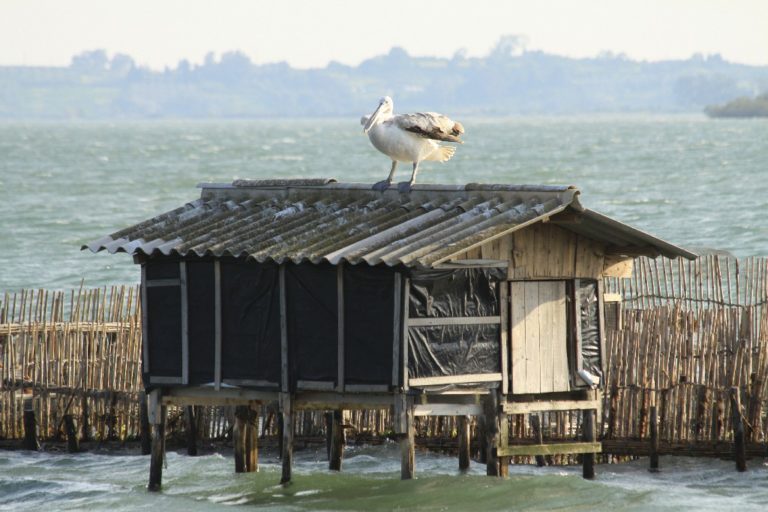
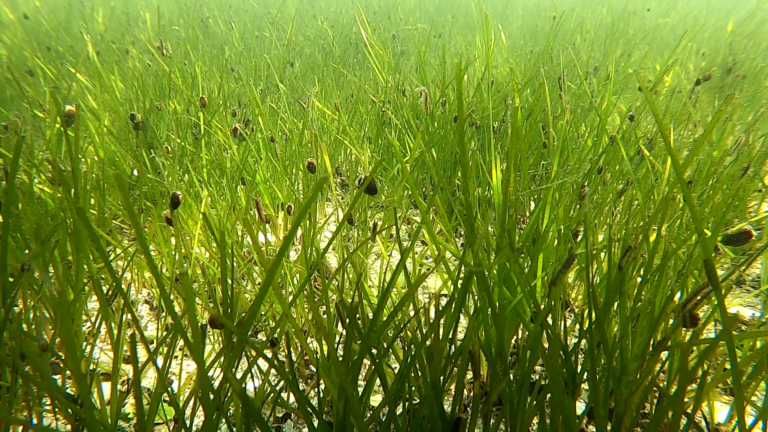
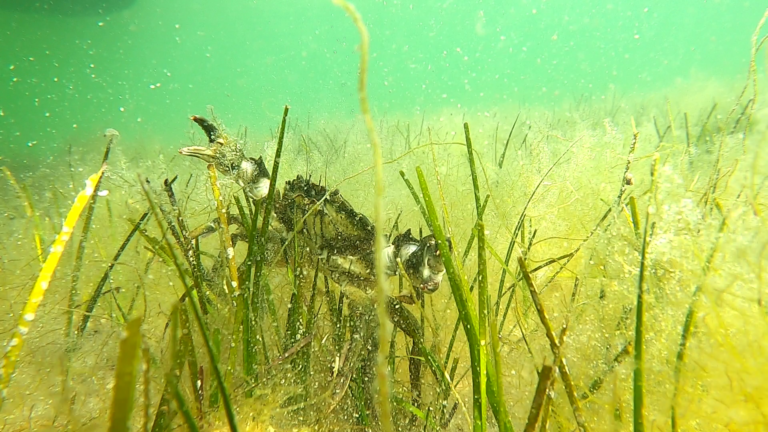
The valuable lagoons and wetlands of Amvrakikos, present a unique biological diversity. The most studied include Mazoma, Rodia, Tsoukalio and Logarou lagoons.
Mazoma lagoon is a small lagoon with surface area of approximately 3 km2. The bottom is mostly muddy and the eastern part of the lagoon, which is influenced by the marine environment, and it is covered by the angiosperm Zostera noltei mixed with the green alga Chaetomorpha sp.
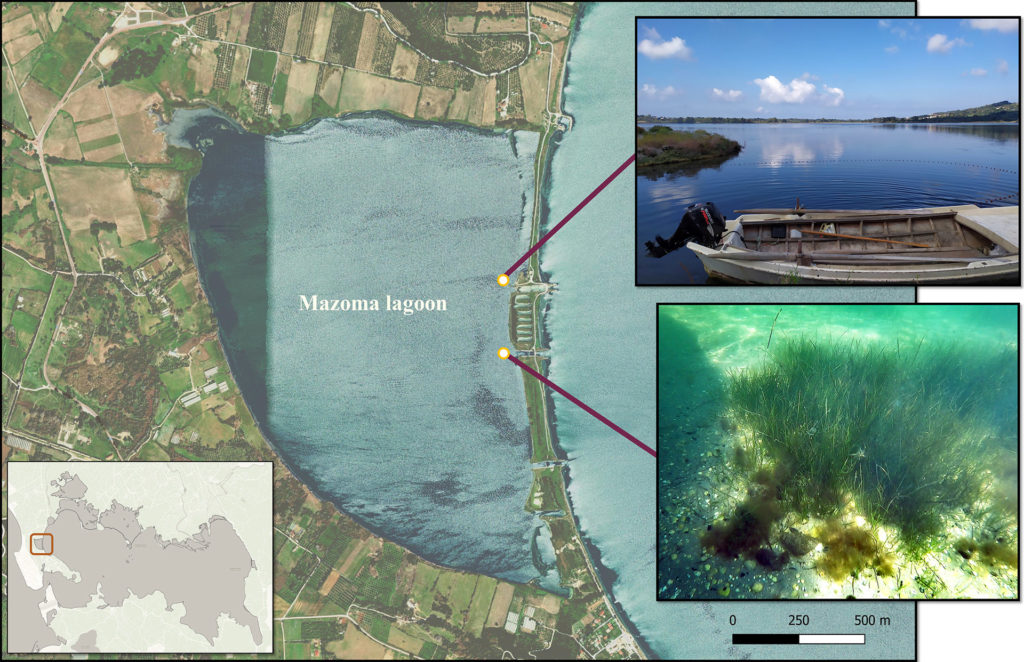
Rodia and Tsoukalio lagoons form a unique and productive lagoonal system. They are interconnected with Rodia being the largest Greek marsh while the innermost and more restricted water body of the two, with less saline waters than Tsoukalio. The submerged flora in the Rodia and Tsoukalio lagoons is found to be dominated by Lamprothamnium papulosum and Zostera noltei.
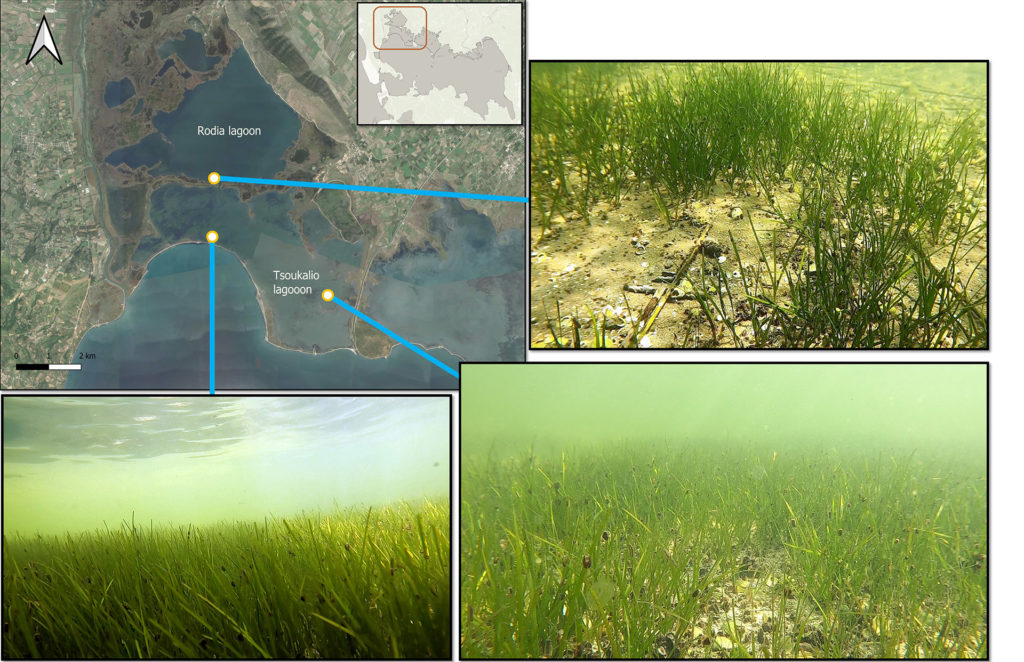
The main characteristic of Logarou is the high biological diversity and productivity. It also shows an intense confinement gradient due to the limited communication with the sea in the inner part. Due to its size (2750 ha) and shallowness (mean depth 1m) the lagoon is an environment sensitive to abrupt changes. Prolonged periods of droughts, weak surface winds or frost conditions can deteriorate the oxygen concentration and the productivity of the ecosystem.
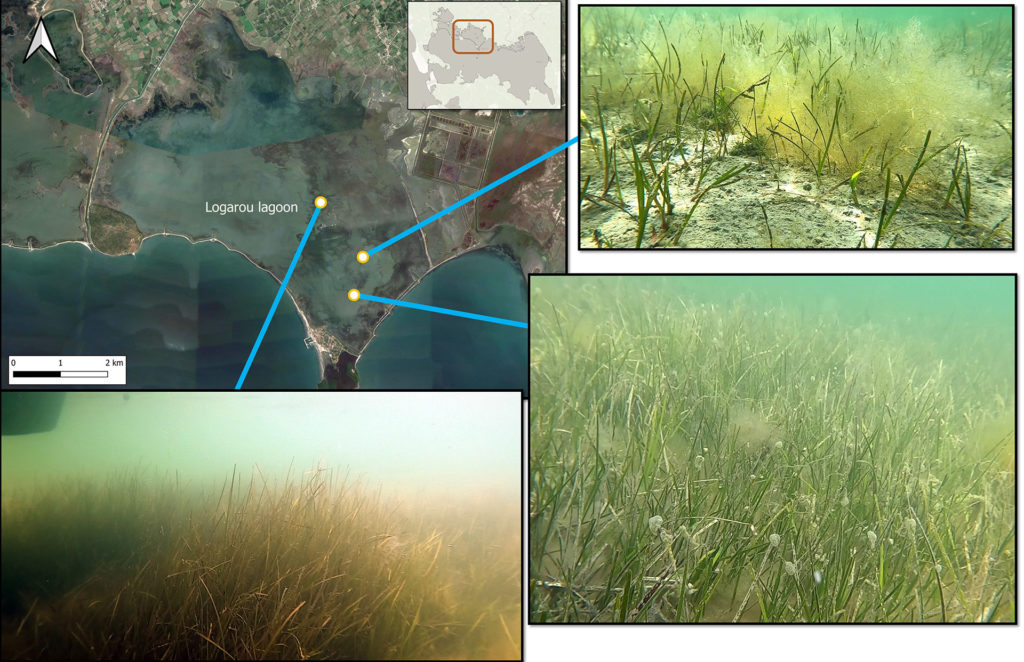
Logarou lagoon is part of the Water Framework Directive monitoring network for Greece. In the first cycle of WFD implementation in transitional waters in Greece, Logarou was classified as being of a “Good” ecological status. However, in 2019, Logarou was classified as being of a “Moderate” ecological status, meaning the restoration actions proposed in the LIFE-TRANSFER project are of crucial importance for this ecologically valuable ecosystem as the extent of seagrass meadows have declined in Logarou lagoon over the last decades.
